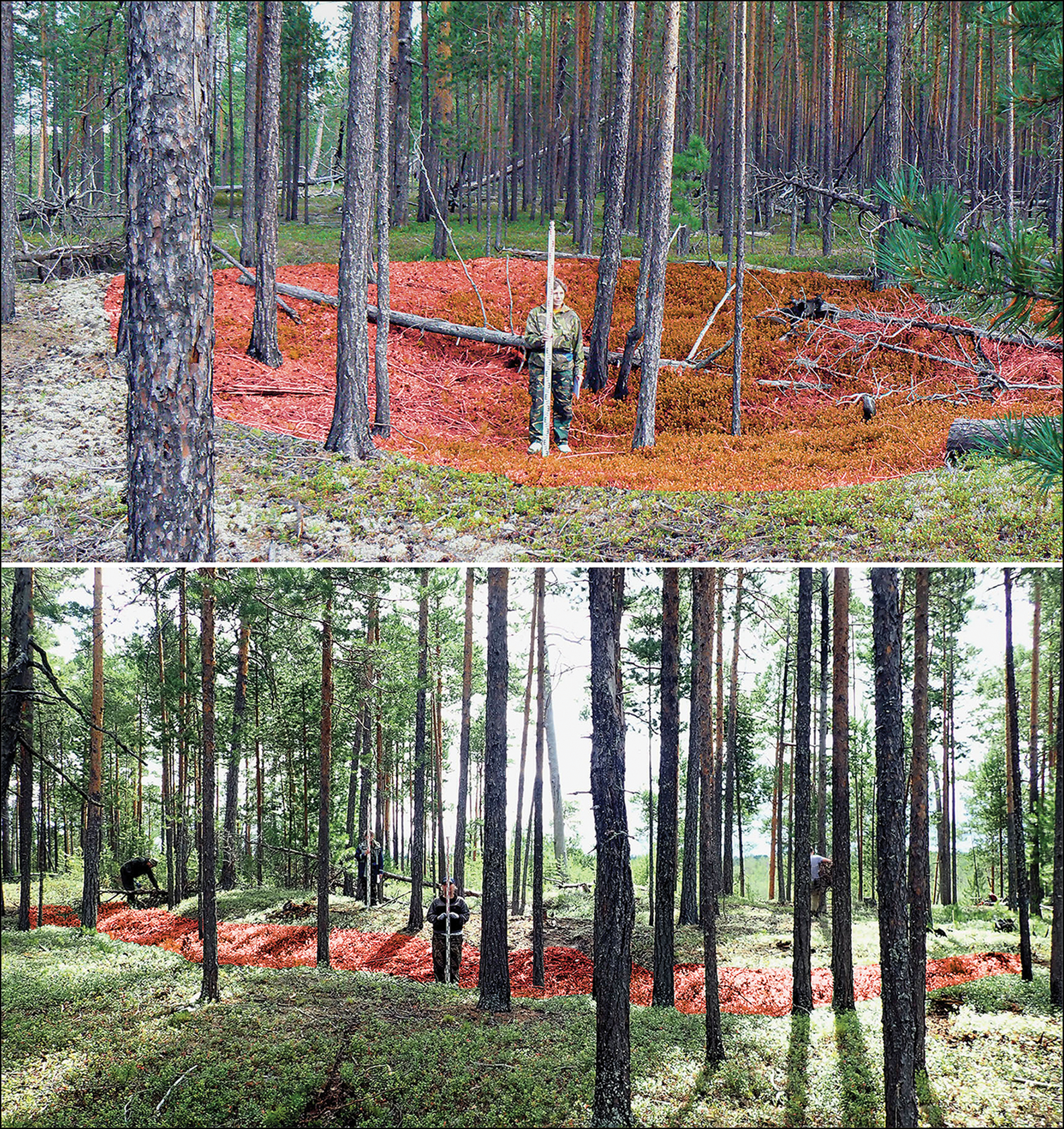Ancient hunter-gatherers in Siberia’s Lower Ob’ region may have built the world’s very first fortress on the banks of a river. Whether these prehistoric communities constructed their fort for protection or to stake a claim to premier fishing territory is unclear, although radiocarbon dating conducted at the site reveals that it was erected an incredible 8,000 years ago.
Researchers visited the fortified settlement of Amnya, which sits on a sandy spit above a marshy river floodplain and is recognized as the northernmost Stone Age fort in Eurasia. Recent excavations at the site have revealed the existence of ten “house pits”, surrounded by a series of banks and ditches that enclose the tip of the promontory.
Previous work carried out between 1987 and 2000 had already identified the remains of wooden palisades, indicating that the site was probably surrounded by a defensive wall. A second set of ten house pits were also discovered just outside the fortress, suggesting a hierarchical structure involving a fortified inner area and an unprotected outer section.
Radiocarbon dating estimates obtained from one of the palisades and charcoal found in a ditch indicate that the fortress was initially constructed in the final century of the seventh millennium BCE. However, stratigraphic evidence from the house pits suggests that the site was repeatedly burned to the ground, hinting at the existence of violent conflict in the region 8,000 years ago.
“Through detailed archaeological examinations at Amnya, we collected samples for radiocarbon dating, confirming the prehistoric age of the site and establishing it as the world’s oldest-known fort,” explained study author Tanja Schreiber in a statement. “Our new palaeobotanical and stratigraphical examinations reveal that inhabitants of Western Siberia led a sophisticated lifestyle based on the abundant resources of the taiga environment.”
In their write-up, the authors state that the Amnya fort was built “many centuries before comparable enclosures first appeared in Europe,” adding that while some ancient hunter-gatherer groups in other parts of the world did construct defenses, “the very early onset of this phenomenon in inland western Siberia is unparalleled.”

One of the house pits (top) and an outer defensive line (bottom) at the Amnya site.
The researchers’ findings challenge the long-held assumption that permanent settlements and monumental architecture only emerged after the adoption of agriculture and subsequent development of complex societies. However, it’s still unclear what need a hunter-gatherer community would have for such a stronghold.
One theory posited by the study authors is that territoriality increased among forager groups during a global cooling event that began around 8,200 years ago and lasted for around two millennia. Alternatively, the advent of pottery during this period may have enabled these prehistoric communities to start stockpiling high-calorie foods like fish oil, which means the fort may have been constructed as a place to safely store these valuable resources.
Finally, the study authors speculate that the fortress might have been built in response to an increase in inter-group conflict as immigrants from the south made their way into northern Siberia. Whether the keep was the work of the local hunter-gatherers or the newcomers is, however, impossible to say.
Regardless of which side raised the fort, though, the very need for such a blockhouse represents a major challenge to the widely-held idea that competition and violence were largely absent in the pre-agricultural world.
The study is published in the journal Antiquity.
Source Link: 8,000-Year-Old Fortress Discovered In Siberia Is World's Oldest